Masonic Tattoos: The Secret History, Meaning and What Is Forced?
Masonic Tattoos: The Secret History, Meaning and What Is Forced?
Tattoos have a rich and vibrant history that stretches back thousands of years, but it was only in the late 18th century that they began to make their mark on the United States. The story of tattoos in America is a tapestry woven with threads of tradition, rebellion, and personal expression. For Freemasons, the relationship with masonic tattoos is complex, as it varies greatly from one individual to another.
The roots of tattooing in the United States can be traced to the indigenous peoples who practiced the art long before European settlers arrived. Native American tribes used tattoos for various purposes, including tribal identification and spiritual significance. It was through interactions with these indigenous communities that early European settlers were introduced to tattooing.
During the American Revolution, tattoos became a symbol of patriotism and loyalty. Soldiers on both sides would often have their initials or regimental symbols inked on their bodies. This marked the beginning of tattoos as a form of personal expression and identity in the country.
In the 19th century, tattooing in the United States gained popularity among sailors, who brought the art form back from their voyages around the world. Tattoos served as a way for sailors to commemorate their travels, experiences, and to identify themselves with their respective branches of service. Common nautical symbols like anchors, ships, and swallows found their way into tattoo parlors across the nation.
The 20th century saw tattoos move from the fringes of society to the mainstream, thanks in part to the influence of famous figures like tattoo artist Norman "Sailor Jerry" Collins. Tattoos became fashionable among civilians, and the art form continued to evolve with new styles and techniques.
As for Freemasons and their perspective on masonic tattoos, it's important to note that there is no single viewpoint within the organization. Freemasonry is a diverse and decentralized fraternal organization, and individual members may have varying opinions about tattoos, including those with masonic symbols. Some Freemasons may embrace masonic tattoos as a personal expression of their commitment and affiliation with the fraternity, while others may see them as inappropriate or in violation of traditional practices.
In many cases, Freemasons who choose to get masonic tattoos do so to honor their dedication to the principles and values of the fraternity. Common masonic symbols used in tattoos include the square and compasses, the all-seeing eye, and the pillars of Solomon's Temple.
Ultimately, the history of tattoos in the United States is one of evolving cultural significance and personal expression. It has transcended its origins as a form of tribal identification and has become a means for individuals to tell their own unique stories.
Within the world of Freemasonry, attitudes toward masonic tattoos are as diverse as the members themselves, reflecting the individuality and complexity of this ancient and revered fraternity.
Don't forget to like, comment, and subscribe to our channel to stay tuned for more insightful discussions!
Watch here: https://youtu.be/mfISsYHI1Fk
#Freemasonry #freemasonry #Freemasons #masonic #tattoos #tattoo #tattoohistory #masonictattoo
This podcast reflects the views of only the members participating in the podcast. They do not necessarily reflect the views of their Lodge, Shrine Center or Grand Lodge Jurisdiction.
-
 43:23
43:23
Old Fashion Masonic Podcast
5 months agoOld Fashion Masonic Podcast – Episode 57 – MW Dale Morrow – Past Grand Master of Kansas Masons
228 -
 10:03
10:03
Masons, Freemasons & the Masonic Lodge - Freemasonry Watch 1
8 months agoInside look into a Masonic Bible
64 -
 4:52
4:52
Jesus' Love Letters ... Liebesbriefe
4 months agoTrue and false Freemasonry ❤️ Jesus reveals Secrets of Life thru Gottfried Mayerhofer
96 -
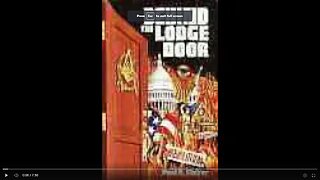 1:24
1:24
Masons, Freemasons & the Masonic Lodge - Freemasonry Watch 1
8 months ago5/5 Behind the Lodge Door, Paul Fisher - Freemasonry and the U.S. Supreme Court
44 -
 7:49
7:49
Masons, Freemasons & the Masonic Lodge - Freemasonry Watch 1
8 months ago1/5 Behind the Lodge Door, Paul Fisher - Freemasonry and the U.S. Supreme Court
118 -
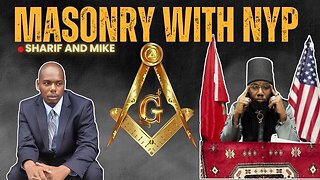 58:06
58:06
NYPTALKSHOW
2 months agoFreemasonry, Secret Societies & The Illuminati Exposed
55 -
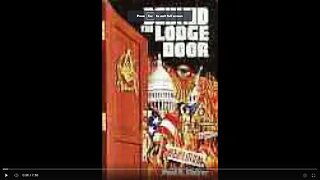 7:04
7:04
Masons, Freemasons & the Masonic Lodge - Freemasonry Watch 1
8 months ago4/5 Behind the Lodge Door, Paul Fisher - Freemasonry and the U.S. Supreme Court
48 -
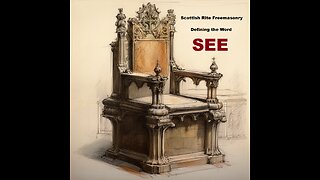 4:17
4:17
Infinite Immortality
9 months agoScottish Rite Freemasonry: Defining the Word "SEE"
2.32K -
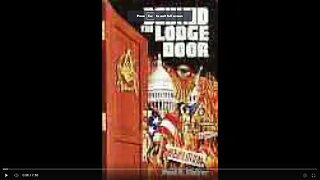 6:23
6:23
Masons, Freemasons & the Masonic Lodge - Freemasonry Watch 1
8 months ago2/5 Behind the Lodge Door, Paul Fisher - Freemasonry and the U.S. Supreme Court
75 -
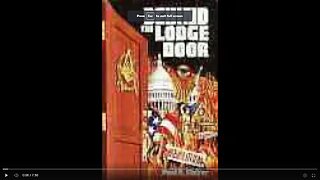 7:33
7:33
Masons, Freemasons & the Masonic Lodge - Freemasonry Watch 1
8 months ago3/5 Behind the Lodge Door, Paul Fisher - Freemasonry and the U.S. Supreme Court
51